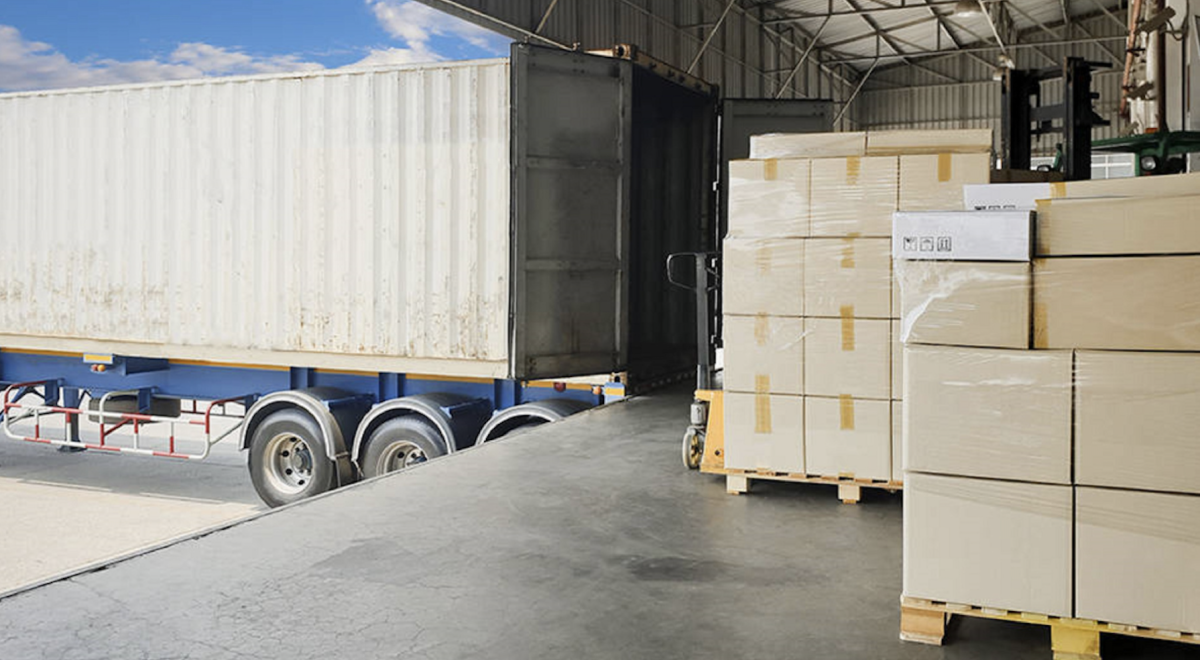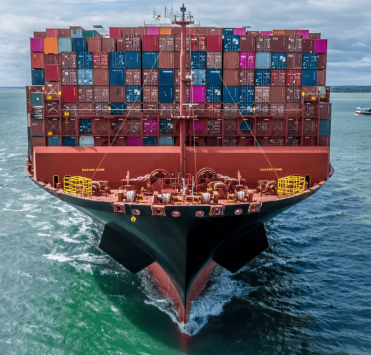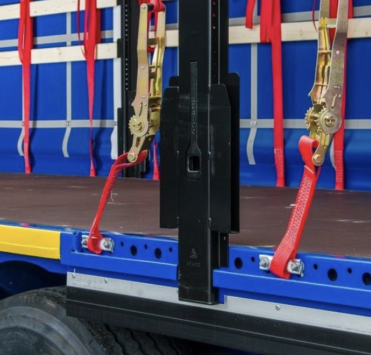What to do if cargo is stuck at the border: analysis of practical cases

International transportation involves many risks, one of which is cargo delays at the border. Such cases can result in serious losses: transportation downtime, missed delivery deadlines, fines, and customer dissatisfaction. In this article, we will look at the main causes of delays, a step-by-step algorithm of actions, real-life cases, and preventive measures.
Main causes of cargo delays at the border
1. Errors in documents: incorrectly completed CMR, EX1, invoices, or packing lists are one of the most common causes of delays. Even a minor typo or discrepancy in information can raise suspicion at customs.
2. Inaccurate data in the invoice or EX1: differences between the declared and actual parameters of the cargo (weight, value, description) cause automatic suspension of clearance and additional checks.
3. Lack of permits: Some goods (e.g., chemicals, equipment, food products) require special permits, certificates of origin, sanitary or phytosanitary documents.
4. Discrepancy between goods and description: physical discrepancies between the description in the documents and the actual cargo may lead to suspicion of smuggling or sanctioned products.
5. Suspicion of sanctioned cargo: if the goods may be subject to sanctions (e.g., dual-use goods), their shipment may be suspended until all circumstances are clarified.
6. Inaccurate information about the recipient: errors in the address or status of the recipient can also cause problems during clearance.
What to do if your shipment is stuck at the border: step-by-step guide
Step 1. Contact the carrier and driver
They will be able to provide initial information about the reasons for the delay and the current status of the shipment.
Step 2. Clarify what documents or explanations are required
As a rule, customs authorities notify you of the reason for the delay and request additional documents or explanations.
Step 3. Urgently prepare and send the requested documents
Reactivity is critical in such cases. Quickly sending the missing information can resolve the issue in hours rather than days.
Step 4. If the cargo is detained unlawfully, appeal
File a complaint with the relevant customs authorities. Sometimes it helps to involve a lawyer specializing in international trade.
Step 5. Record all actions in writing
Record and save all letters, notifications, and documents — this may be useful for subsequent proceedings or insurance claims.
How to avoid delays in international shipping
1. Prepare documents in advance: work from a checklist that includes all documents: invoices, certificates, licenses, CMR, T1.
2. Verify data before shipment: check the weight, volume, HS codes, and description against the actual contents.
3. Work with experienced brokers and logistics companies: competent specialists know how to avoid typical mistakes and respond quickly to unusual situations.
4. Contingency plan: have a plan in place and the contact details of a lawyer, broker, and logistics specialist.
How a logistics company can help in case of a delay
- Establish contact with customs authorities
- Urgently provide missing documents
- Advise on each stage
- Connect brokers or lawyers
- Arrange for re-clearance or return of cargo if necessary
When to contact a lawyer
- If the cargo is delayed for more than 48 hours without a clear explanation
- If there is a risk of confiscation
- If there is a suspicion of violation of sanctions regimes
- If it is necessary to appeal against the actions of customs
How much can transport downtime at the border cost
The cost depends on the type of transport and cargo. For example:
- Tent truck: €100 per day
- Refrigerated truck: €150-200 per day
- Platform for oversized cargo: €150-500
What to do if cargo is stuck at an airport or seaport
The algorithm is similar: contact the terminal, air carrier, or shipping line. In some cases, you will need to provide additional information or book a new slot for pickup.









